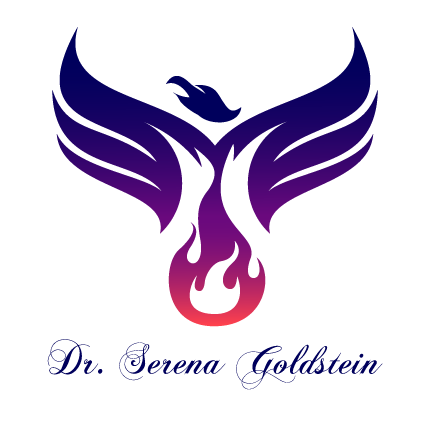Love the Skin You're In
The skin is our largest organ, yet it's one of the easiest organs to abuse! Whether we stay out in the sun too long which places us at risk for skin cancers, use make-up/ beauty products where most of the ingredients look like they came out of a lab (or hormone disrupters), picking and/ or scratching, or living in a big city surrounded by fumes.
Our skin has three different layers, the epidermis (creates our skin tone, acts as a barrier), dermis (the integrity- collagen, elastin, also sweat glands), and hypodermis (contains fat that acts as insulation). It also information from touch and temperature, helps synthesize vitamin D, and aids to regulate our own temperature changes regarding sweat.
In addition to protection, padding, and sensation, skin is also a great marker as to what's going on with our bodies inside. If a reaction or condition is unsure of what 'symptom to cause', it may very well go to the skin! Unfortunately, we may not always get that message loud and clear.
However, here are some of the more common skin conditions and what they may mean:
Bumps on the back of your arm- Called Keratosis Pilaris and mostly due to genetics, however, it may also be due to a deficiency in vitamin A. Lotions can help, but best addressed through diet- such as carrots, sweet potato, and dark leafy greens.
Cracks/dryness around your lips- Could be due to B vitamin deficiency, however, may also be from constant lip-licking, infection, or certain temperatures (dry, cold, windy, or very hot). Foods such as dark leafy greens, sweet potatoes, and poultry are good sources of B vitamins.
Acne- May be from multiple vitamin and mineral deficiency, dairy, imbalanced hormones, beauty product, touching one's face, stress, high sugar/ refined carbohydrate diet, medications, or food intolerance. While this one can turn into a Sherlock Holmes case, eliminating what you can from above may provide clues. Up your intake of vegetables, especially the green ones, and drink at least half your body weight in ounces of water.
It itches!- What did you just put on your skin? Did you eat something new? It could be a reaction to something even from a few days ago so a diet diary may be helpful. It could also be due to an autoimmune disease, or liver or kidney dysfunction if those organs aren't working properly to filter out all the toxins. Some coconut oil may help provide relief.
It's a chameleon!- Is your skin changing colors? Not so much solely due to a vitamin or mineral deficiency per-se, but if there's pain, numbness, or especially a change in size, texture, and border of that 'spot' you've had for years, you may want to get it checked out. Sometimes it's a complete change in skin tone that does not revert back, in which case may be a fungal or autoimmune concern.
It's gross!- Little bumps that look like they have pus inside do tend to look gross, and not attractive especially when it's in your genital region. It can be herpes, a virus contracted from a prior partner that has stayed dormant. If it is, avoid foods high in arginine and aim for foods higher in lysine, like poultry, fish, avocados, eggs, and most vegetables. Avoid foods like chocolate, caffeine, and nuts and seeds.
When Should I See My Doctor?
Always - Just let them know, especially so they can discern if something looks suspicious. You can ask to have a picture taken and recorded, and track it over time (especially as most people have camera phones)
Consider asking too for a full body skin check every year as part of your routine physical.
As far as diagnosis, some may require a biopsy where they'll cut part of the skin to send to a lab, some are diagnosed with a particular lamp, and others may be diagnosed readily through what you tell your doctor, especially discerning if it's etiology such as bacterial, viral, fungal, or autoimmune.
May be more serious if:
Recent rash and begin experiencing fever, pain, chills, muscle aches, streaking (red streaks)
Suspicious looking spot that has changed in color, texture, size, or shape
Recent rash after being outdoors
As an extremely vital organ to survival, our skin also wonderful communicates both what is going on inside and outside our bodies. And sometimes our skin can get worse before it gets better, especially if new healthier habits are helping 'clear' up much of what has been stagnant over many years. Keeping our skin healthy requires both working to heal, and placing habits in place to prevent future recurrences.
